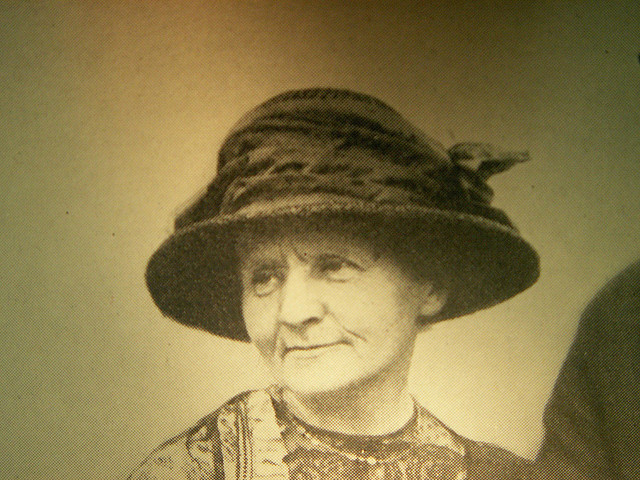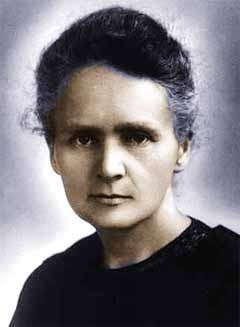 Photo by rosefirerising
Photo by rosefirerising
Early Life
Marie Sklodowska Curie, was born on November 7, 1867, in Warsaw, Poland as the fifth youngest child of well known secondary school teachers. She was educated at the boarding school that her mother had operated while she was well, and then at a female gymnasium, from which she graduated on June 12, 1883. In the years following her graduation, she stayed in the countryside with her father’s relatives, and next with her father in Warsaw, where she did some tutoring. On both maternal and paternal sides, her family had lost their property and fortunes through patriotic involvement in Polish national uprisings. This contributed to the difficult struggle Marie faced to get ahead in life.
Life and Achievements
She later became involved in a students’ revolutionary organisation and subsequently went to Paris in 1891, to continue her studies at the Sorbonne where she obtained Licenciateships in Physics and Mathematical Sciences. Here, Marie met Pierre Curie, Professor in the School of Physics in 1894 and in the following year, the two wed. She was her husband’s successor as the Head of the Physics Laboratory at the Sorbonne, gained her Doctor of Science degree in 1903, and following the tragic death of Pierre Curie in 1906, she took his place as Professor of General Physics in the Faculty of Sciences, becoming the first woman to hold that position. Later, she was appointed Director of the Curie Laboratory in the Radium Institute of the University of Paris, founded in 1914.
Early researched performed with her husband, were often done under difficult conditions, as laboratory arrangements were poor, and both had to undertake much teaching to earn a livelihood. In 1896, the Henri Becquerel’s discovery of radioactivity inspired the Curies in their brilliant researches and analyses which led to the isolation of polonium, named after the country of Marie’s birth, and radium.
Curie actively promoted the use of radium to alleviate suffering, throughout her lifetime, and during the first World War, she assisted was assisted by her daughter, Irene, while she personally devoted herself to this remedial work. Her enthusiasm for science was not diminished, and she went on to do much in establishing a radioactivity laboratory in her native city. President Hoover of the United States of America, presented her with a gift of $50,000, donated by American friends of science, to buy radium for use in the laboratory in Warsaw.
Curie was held in very high esteem by scientists throughout the world. She was a member of the Conseil du Physique Solvay from 1911 until her death and since 1922 she had been a member of the Committee of Intellectual Co-operation of the League of Nations. Numerous papers in scientific journals remains as testament to her work, and she is also the author of three books.
Together with her husband, she was awarded half of the Nobel Prize for Physics in 1903, for their study into the spontaneous radiation discovered by Becquerel, who was awarded the other half of the Prize. She received a second Nobel Prize in 1911, this time in recognition for her work in radioactivity, in Chemistry.
